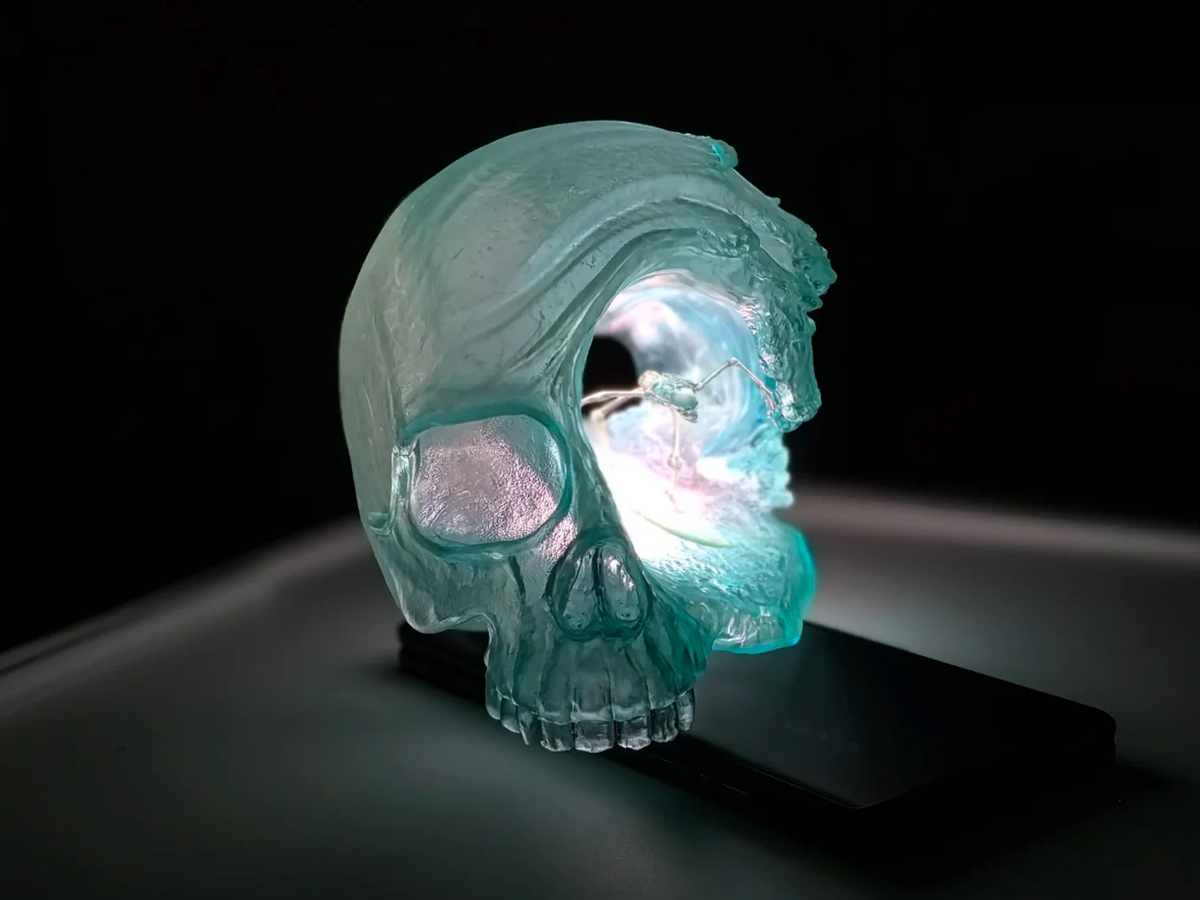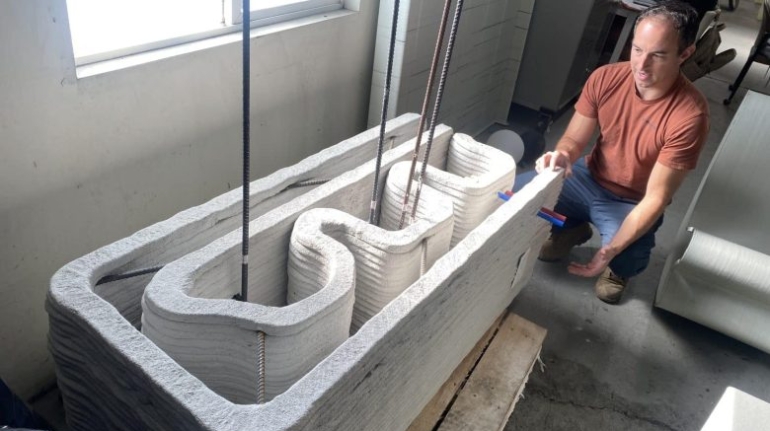Formnext Highlights Advances in Ceramic AM Through Lithoz’s Production Showcase
Ceramic 3D printing specialist Lithoz is using this year’s formnext to demonstrate that ceramic 3D printing has firmly entered industrial-scale production. The company’s Booth 11.1 C35 centers on real-world applications manufactured with its LCM technology across aerospace, semiconductors, medical devices and high-end consumer goods, underscoring how ceramic additive manufacturing (AM) is now being adopted in serial production environments.




